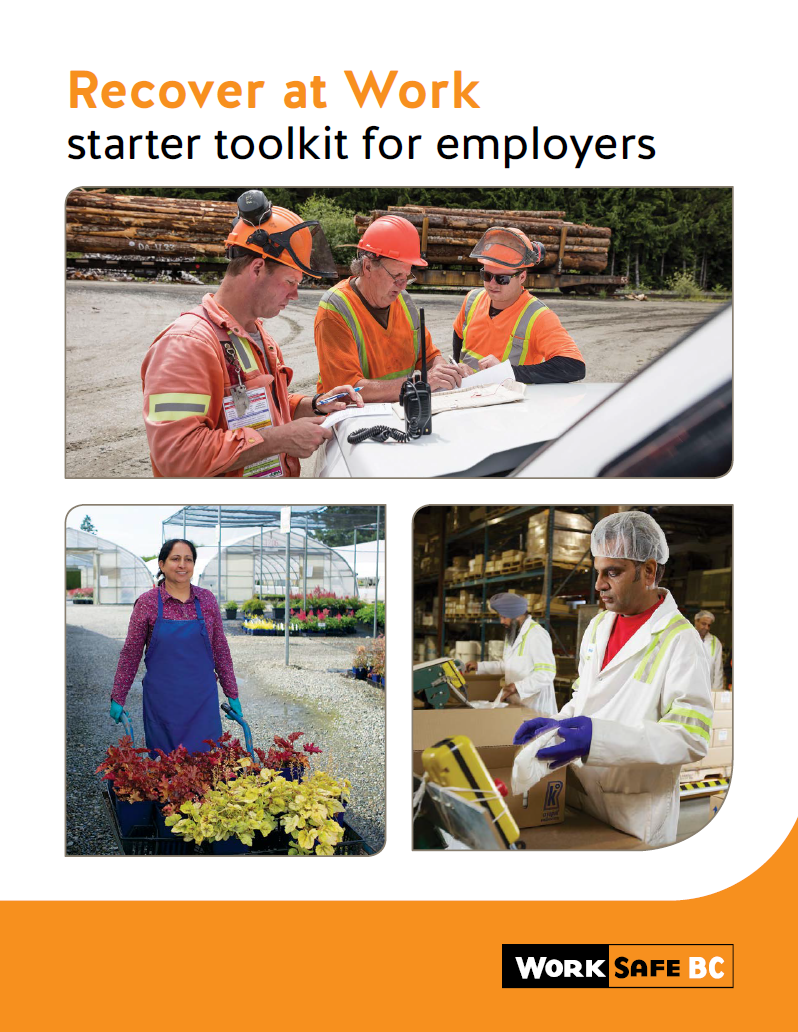Injury management & work disability prevention
An injury management program is an important part of a healthy and safe workplace. The most effective injury management programs incorporate best practices of disability prevention.
- New approaches to injury management
- Getting started
- Resources
New approaches to injury management
Work disability prevention (WDP) is an evolution of traditional injury management such as stay-at-work and return-to-work programs. Employers intervene earlier with WDP, before injuries and illness turn into disabilities. People who stay connected to the workplace after an injury usually have a faster recovery.
With WDP, the focus is on preventing an injured or ill worker's disability, rather than managing it. WDP is an early proactive approach that matches the injured or ill worker's abilities to suitable modified work.
Workplace accommodation such as modified work promotes healing and can be a valuable part of rehabilitation and recovery. Evidence has shown that workers who are promptly accommodated in the workplace have fewer incidences of recurring injuries.
WDP recognizes that each worker is an individual with unique factors outside of their injury. Factors such as work environment, supervisor and coworker relationships, and personal circumstances may contribute to preventable disability and prolonged absence from work.
A WDP program can:
- Assist workers with faster recovery
- Prevent risks for long term health effects and other common health conditions
- Retain skilled and experienced workers, which improves productivity and saves cost
- Save employer premium cost
- Maintains positive relationships between employers and injured workers
Getting started
All employers can implement a work disability prevention program. If you have an existing injury management program, you can enhance your program by incorporating the elements of WDP.
These are some of the components of a WDP program:
- Identify injuries and illnesses as early as possible
- Intervene early before an injury or illness escalates to disability
- Provide modified work or accommodations that focus on the worker’s abilities as early as possible
- Communicate and collaborate with the injured or ill worker to identify suitable modified work
- Have supervisors maintain regular and respectful communication with injured or ill workers while they are away, while they are on modified work, and after they have returned to their full duties.
See our resources to learn more about injury management. Please check back for new WDP resource currently in development.


